Discussions
What is the ROC curve, and how is it used in model evaluation?
In the world of predictive modeling and machine learning the receiver Operating Characteristic (ROC) curve is an effective tool for measuring the performance of models for classification. It is a thorough representation of a model's capability to recognize different classes by plotting the tradeoff in sensitivity and specificity over various decision thresholds. This article will dive into the complexities of ROC curves and shed some light on their significance when assessing the performance of a model. Data Science Course in Pune
ROC Curve Overview:
The ROC curve is a visual representation of the performance of the binary classification model over different types of levels of differentiation. It is made by comparing the true Positive Rate (TPR) Also referred to as sensitivity or recall against the False Positive Rate (FPR) at different thresholds for decision-making. This TPR is the percentage of actual positive instances that have been correctly recognized by the model and FPR is the ratio of incorrectly predicted positives. FPR represents the proportion of false negative predictions to the overall number of negatives.
A perfect ROC curve hugs the top left corner, which indicates the highest sensitivity, and a lower FPR over all thresholds. The diagonal line is a symbol of random chance, while any curve below it suggests poor performance of the model.
The area beneath the ROC Curve (AUC-ROC):
The AUC-ROC is a measure of the Area Under the ROC Curve (AUC-ROC) is one of the most important metrics taken by the ROC curve. It is a measure of the total discriminative power of a model over a variety of thresholds. A good model should be able to achieve an AUC-ROC value of 1. A poor or unproductive model would have a score of around 0.5. Higher AUC-ROC numbers indicate better models' performance in separating positive and negative cases.
Interpreting ROC Curves:
Top-Left Dominance A model that has an angle higher than the upper left corner is more efficient because it has a greater sensitivity while maintaining a lower FPR.
Random Guess Line The line that runs diagonally across the ROC curve is the effectiveness on the part of an algorithm that uses random classes. The curve of a model must significantly diverge from this line to be considered reliable. Data Science Classes in Pune
The Perfect Classifier The ideal curve of a model is an upward-facing vertical line to the left, followed by a horizontal line at the top, which indicates 100% sensitivity, and 0 percent FPR.
The steepness of curve: A steeper ROC curve is more accurate in the model's performance as it represents a higher proportion of true positives versus false positives.
Use Cases and Applications:
Model comparison: ROC curves are essential for comparing the effectiveness of different models. Analysts can visualize which model is more effective in discriminating between classes.
Threshold Selection By analyzing the ROC curve, experts can determine the best threshold for a decision that is balanced between sensitivity and precision according to the needs of the job.
Diagnostic Tests Within the medical field, ROC curves can be utilized to assess diagnostic tests. They help to identify the best cutoff point to ensure the detection of disease is accurate.
Unbalanced Datasets ROC curves are especially beneficial in dealing with data that is imbalanced in which one class substantially overpowers the other. They offer a more thorough assessment of the model's performance, beyond precision. Data Science Training in Pune
Conclusion:
In the end, in conclusion, it is evident that the ROC curve and the associated metrics, specifically AUC-ROC play an important role in evaluating the effectiveness of models for classification. The graphs they display provide an in-depth understanding of a model's capacity to differentiate between classes, which makes them essential instruments for those working with machine learning. Through the use of ROC curves, participants can make educated decisions on the selection of models, fine-tune decisions, and ensure that their models can meet the specifications of their application. https://www.sevenmentor.com/data-science-course-in-pune.php
